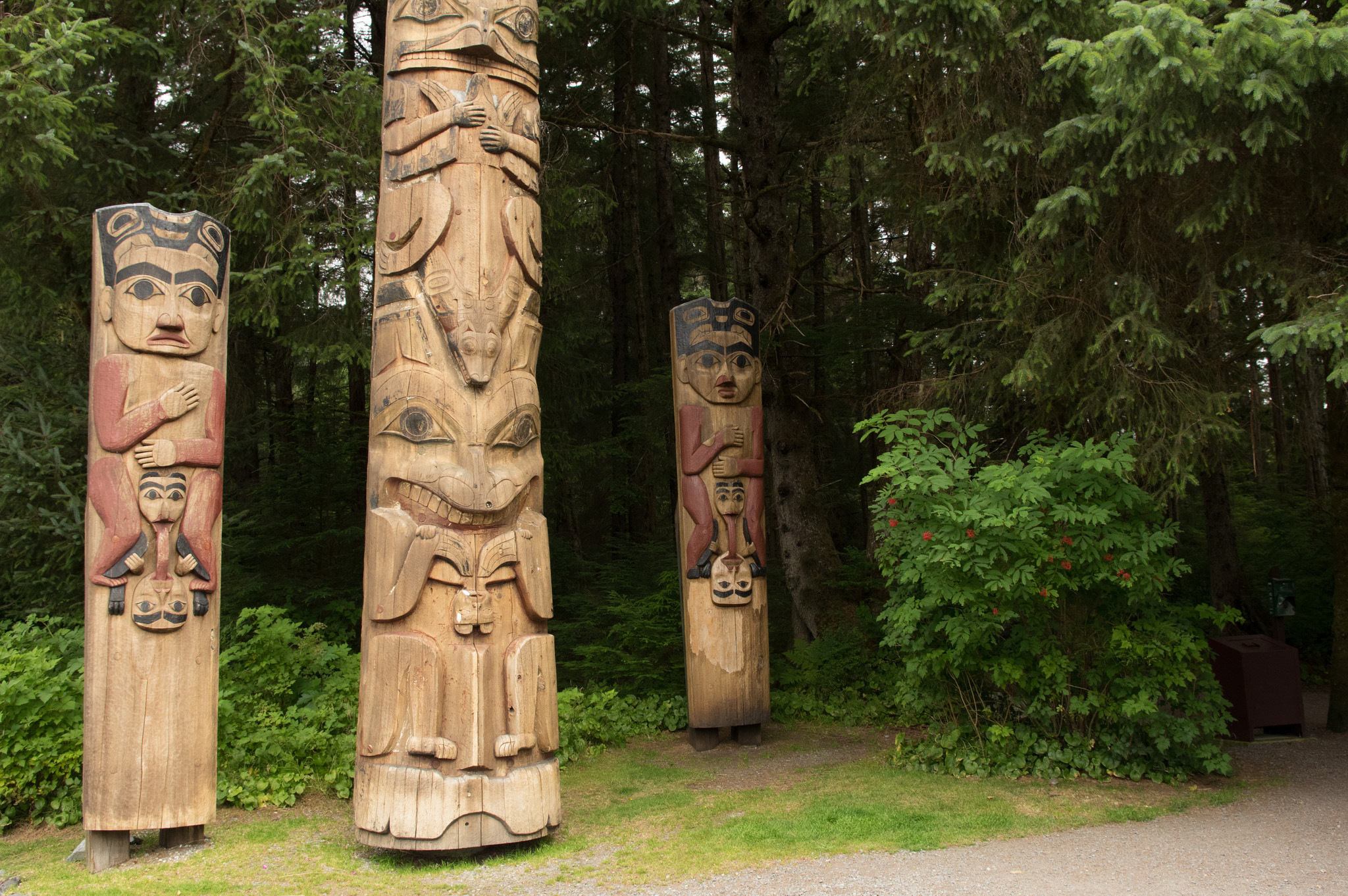Gerry Hope of the Sik'nax.ádi clan of the Tlingit tribe sees good reason for native people to question Alaska Day, an annual celebration of the U.S. acquisition of this land from Russia. The acquisition happened 150 years ago, but the Tlingit people have called this land home for 10,000 years. “Our hurt, anger, and resentment have been simmering and smoldering for the past 150 years,” Hope said. Alaska Day parades feature charming homemade floats, proud high school marching bands, glad-handing politicians, and folks dressed in 1860s-era costumes. But for Hope and others, none of this can disguise that the event at its core celebrates colonialism, the theft of indigenous lands, and the continued exclusion and disenfranchisement of Alaska natives from the American dream. This year’s celebrations, on October 18, marked the 150th anniversary of Alaska’s transfer from Russia to the United States in exchange for $7.2 million, about two cents an acre. The state holiday is not widely celebrated. But in Sitka, where the transfer ceremony took place and where the Russians centered their empire, it is the event of the season. And it’s an event to which the Tlingit tribe, who make up about 25 percent of Sitka’s population, have for years been pointedly not invited. Until now.Read More on the Story:
Alaska Day—Not Just for White People Anymore (The Progressive November 22, 2017)
Join the Conversation

